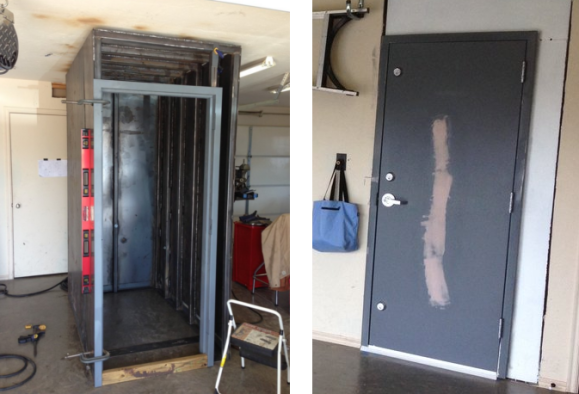
Sick of the boring cheezy-poof jug her hackerspace was using as a donation jar, not-a-Brony [Michelle] was inspired by the CRASH Space mascot Sparkles, pictured left, to build a new box that will maximize donations by providing donors with a multimedia extravaganza. The Plexiglas box, resplendent with laser-cut acrylic hearts and spangled with My Little Pony stickers, is fitted with a sensor so that donations trigger an MP3 of the MLP theme song. A scrolling LED marquee flashes a gracious message of thanks, and to complete the experience, a pair of fans creates a tornado of the fat stacks of cash in the bin.
Putting a little [Twilight Sparkle] into your donation box makes good financial sense, as does providing incentive to deposit bills rather than coins. This project reminds us of our recent post about a custom claw machine which could be leveraged as a value-added donation box – just add a coin slot. And rainbows.
Continue reading “Over-the-top Hackerspace Donation Box Brings Out The Brony In You”














